India has one of the highest youth populations in the world with an estimate high of 365 million youth. More than 500 million Indian citizens are under the age of 25. If it’s 500 million youth, around 65% of our population is of the working-age group and the country’s socio-economic development will witness an unprecedented rise. Economists believe such favorable demographic dividend could add a significant 2% to the GDP of the nation.
India happens to be one of the fastest-growing economies in the world, and yet this financial growth has not completely trickled down to benefit the sheer volume of people who are out of jobs. What is even more unfortunate is that it is not so much the dearth of jobs, but the lack of skilled manpower that is the reason behind such large numbers of unemployed youth. It is not unemployment, but un-employability that leaves the Indian youth frustrated, dejected and disillusioned.
Unequal access to opportunity remains a persistent problem while lack of formal vocational education, high school dropout rates, inadequate skill training capacity, negative perception towards skilling, and lack of industry-ready skills even in professional courses are the major causes of poor skill levels of India’s workforce.
Cognizant of the fact, over the years, successive Indian governments have launched schemes to both increase the number of new jobs being created and young people’s ability to do them. The most recent of these is the Skill India Mission, which aimed to provide training to 400 million people by 2022 through various government initiatives. The Centre recently revealed that it will soon launch a revamped version of its Skill India initiative with an aim to train young people in the country with “future-ready skills”.
With this very vision and in a concerted effort to equip, enable and empower the youth, Smile Foundation had revamped its national livelihood programme, the Smile Twin e-Learning Programme, or as we call it, STeP. Urban underprivileged youth, including high school drop-outs and under-trained graduates, are identified and enrolled under the programme and trained in sectors that have large growth potential in terms of revenue generation and employability like Core Employability, Healthcare, BFSI, Retail Management, Business Process Outsourcing (BPO) and Digital Marketing.
In addition to knowledge and skill enhancement, STeP also focuses on providing practical exposure to its young trainees to help them get job-ready, by creating an ecosystem wherein the students can meet their potential employers. This is facilitated through regular employer engagement sessions and industry exposure visits which help the youth get hands-on training and develop an understanding of concepts such as workplace culture, customer satisfaction, and work ethics and also familiarize them with everyday challenges. Career counseling sessions and volunteer knowledge exchange programmes are conducted where well-trained, employed youth share their experience with the STeP trainees.
Over the last many years, STeP has successfully trained more than 75,000 youth and placed 47,000 in 400+ reputed brands across the country.
This, however, is just a small step towards addressing the much larger need of enabling and empowering the huge youth population of the country, and tapping the demographic dividend.



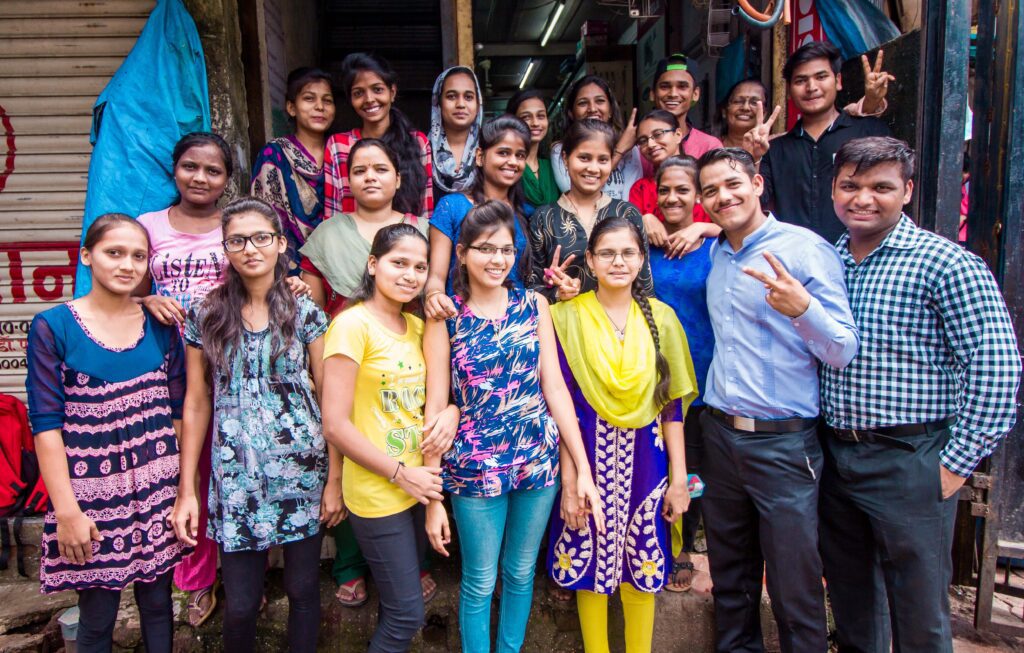

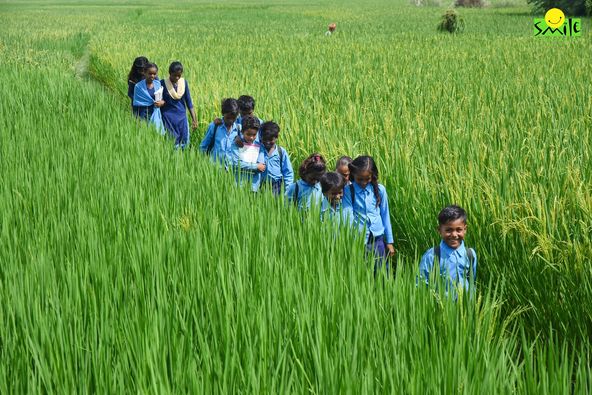
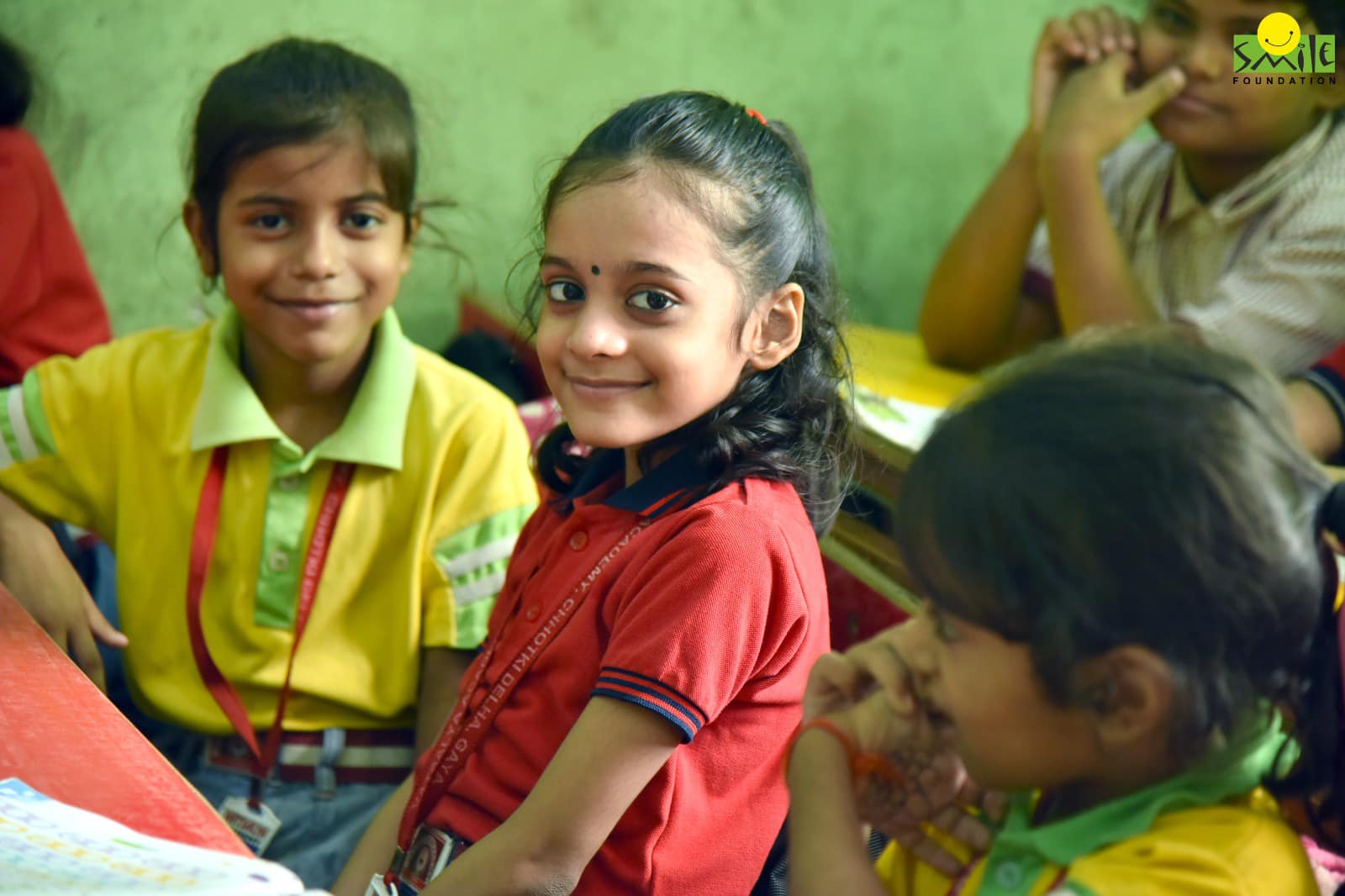
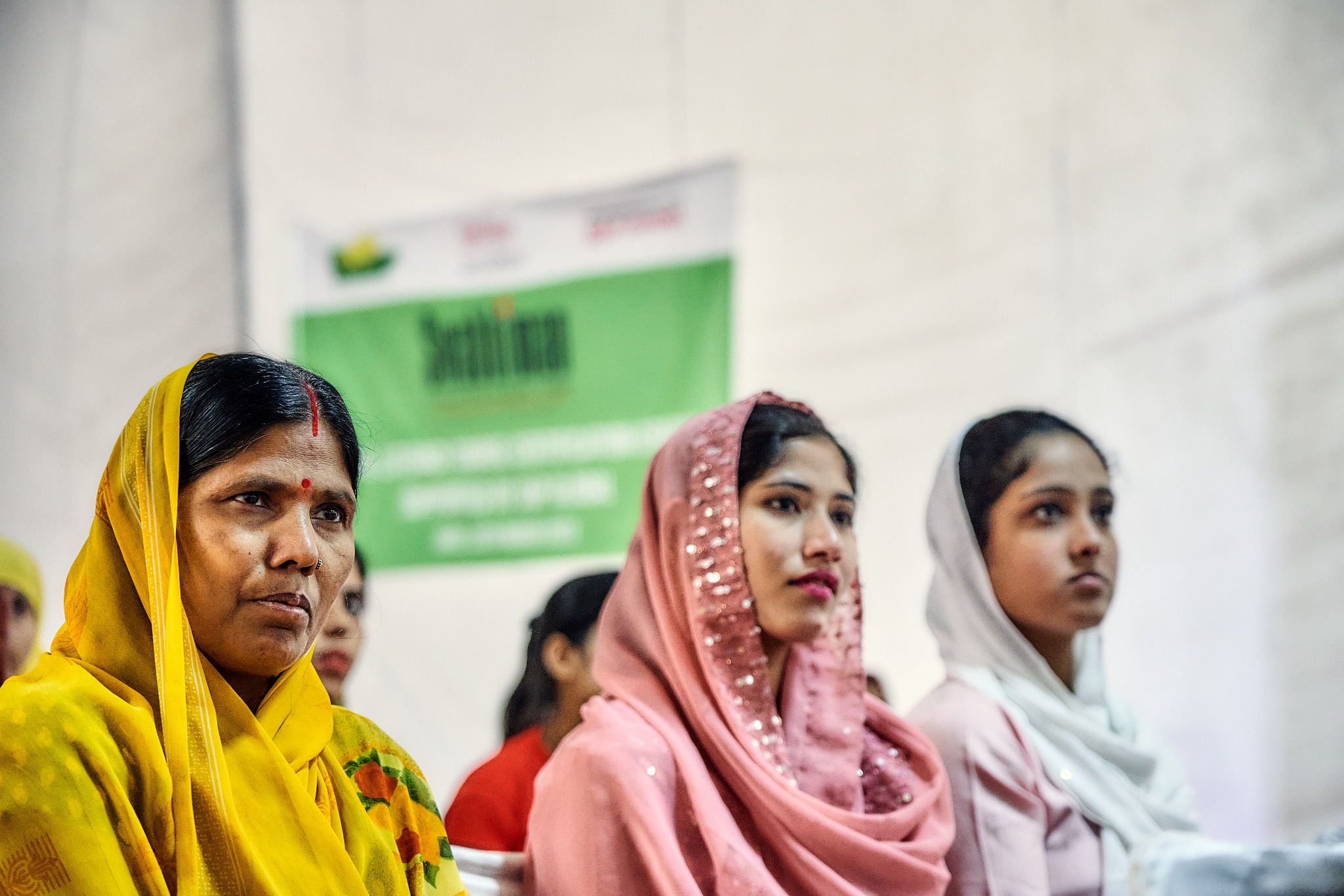
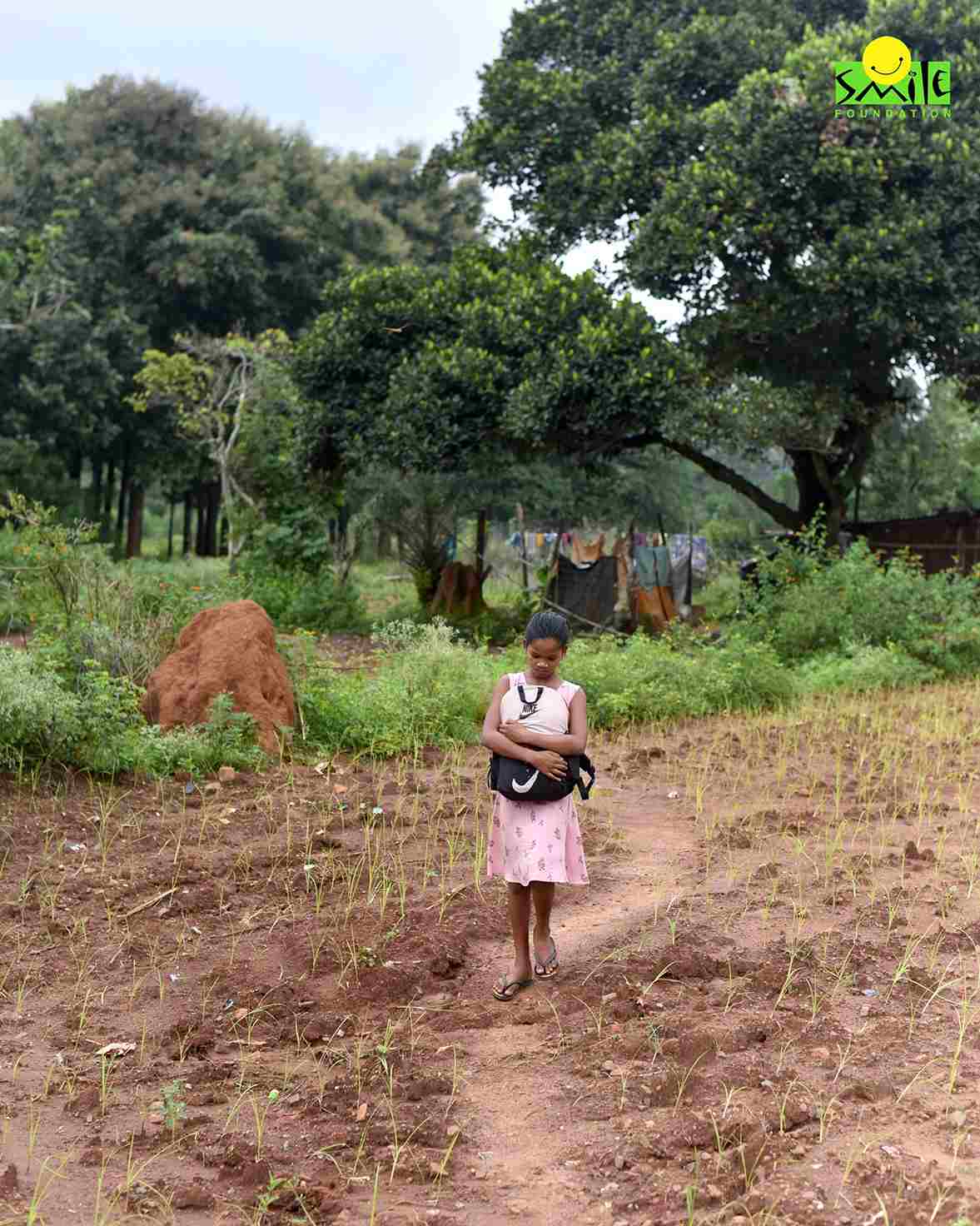

One reply on “Youth Unemployment in India and How STeP is Taking Measure”
That is a nice blog, thanks you so much for sharing such valuable information.